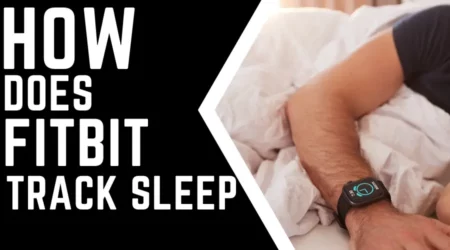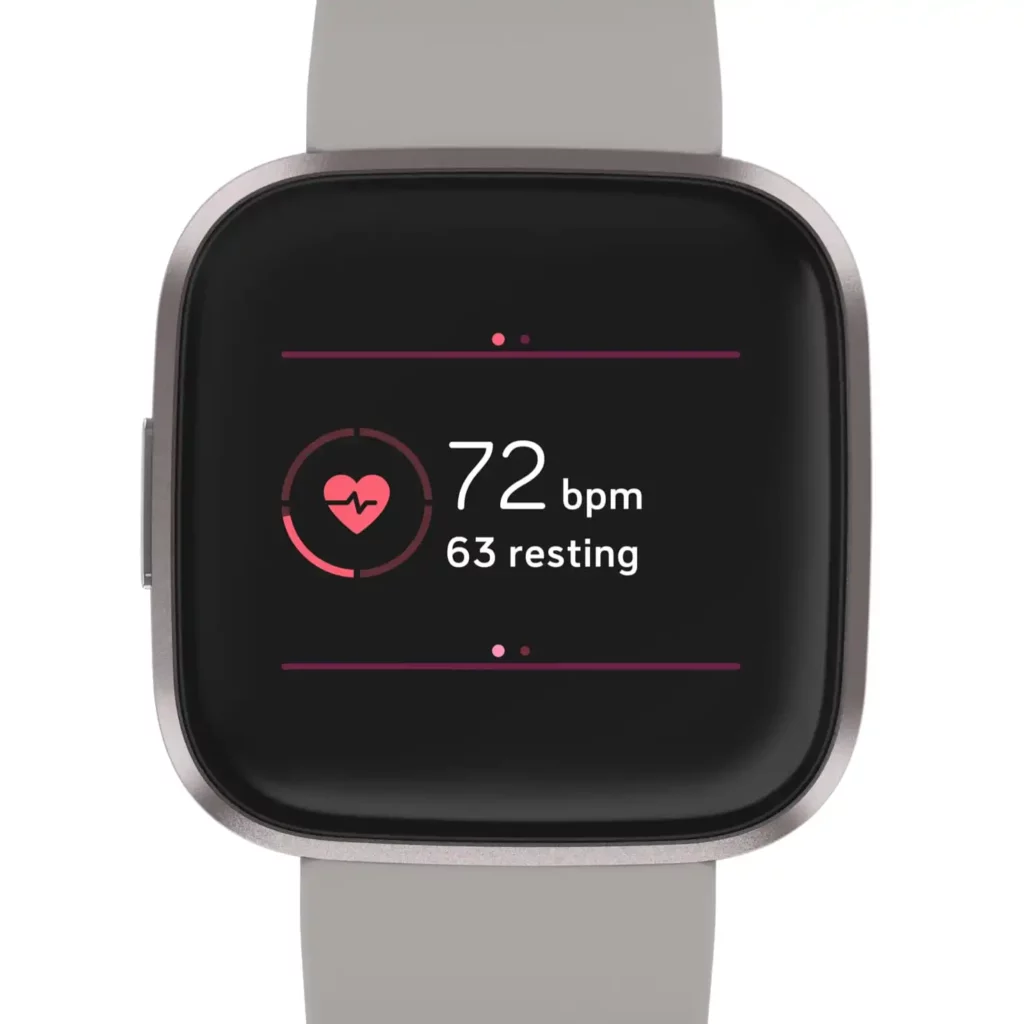
However, there are also some limitations to be aware of, such as limited accuracy during intense exercise and the need for medical advice for individuals with pre-existing medical conditions.
Fitbit’s PurePulse® technology has exceeded industry standards in several third-party studies conducted globally, resulting in the issuance of more than 50 patents for Fitbit’s heart rate innovation.
Understanding How Fitbit Tracks Heart Rate
Fitbit is a popular brand of wearable technology that has become increasingly popular in recent years.
One of the key features of Fitbit devices is the ability to track heart rate data with advanced technology. To understand how Fitbit tracks heart rate, it’s important to know about PurePulse technology.
What is PurePulse Technology?
PurePulse is a technology used in many Fitbit devices that allows for continuous heart rate monitoring throughout the day.
PurePulse technology utilizes light-sensitive photodiodes to measure changes in blood volume in the capillaries of the wrist.
By detecting these changes, Fitbit devices can provide users with accurate and reliable heart rate data in real-time.

Which Fitbit Devices Use PurePulse Technology?
PurePulse technology is used in several Fitbit devices, including the Fitbit Charge 4, Fitbit Sense, and Fitbit Versa 3. These devices offer advanced heart rate tracking features that can help users optimize their fitness routine.
How Does PurePulse Technology Measure Heart Rate?
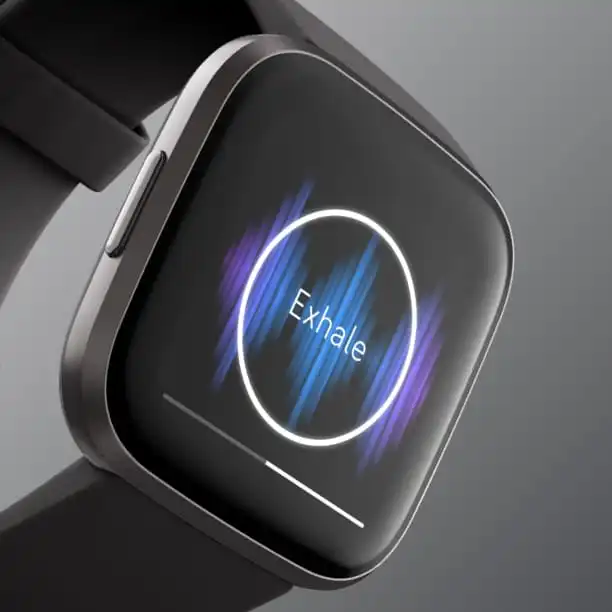
PurePulse technology tracks heart rate by measuring changes in blood volume in the capillaries of the wrist.
When the heart beats, it pumps blood through the body, and the amount of blood in the capillaries changes.
PurePulse technology uses light-sensitive photodiodes to detect these changes and provide accurate heart rate data.
What Other Factors Can Affect the Accuracy of Heart Rate Tracking?
There are several factors that can affect the accuracy of heart rate tracking, including:
- Fit of the device: If the device is not worn properly or is too loose, it may not be able to accurately detect heart rate.
- Skin color: Some Fitbit devices use green LED lights to detect heart rate, which may not work as well for people with dark skin tones.
- Motion: If you’re moving around a lot or engaging in high-intensity activities, it can be challenging for the device to accurately track your heart rate.
- Temperature: If you’re in an extremely cold or hot environment, the device may have trouble accurately detecting heart rate.
- Medications: Certain medications, such as beta-blockers, can affect heart rate and may interfere with heart rate tracking.
- Electrical interference: Some electronic devices, such as microwaves or power lines, can interfere with heart rate tracking.
It’s important to note that no heart rate tracking technology is 100% accurate, and it’s always a good idea to consult with a medical professional if you have concerns about your heart health.
Customizing Heart Rate Tracking Settings with Fitbit
Fitbit devices offer users the ability to customize their heart rate tracking settings to suit their individual needs. This can be done through the Fitbit app or directly on the device.
What Are Heart Rate Zones?
Heart rate zones are a way of tracking heart rate data across different intensity levels.
There are several heart rate zones, including the fat burn zone, cardio zone, and peak zone.
Each zone corresponds to a specific range of heart beats per minute and offers different benefits for cardiovascular health and fitness.
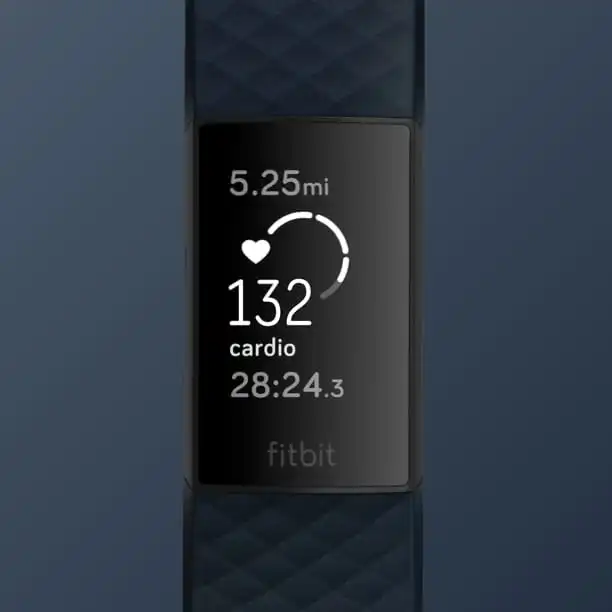
How Can Heart Rate Zones Be Used to Achieve Health and Fitness Goals?
Heart rate zones can used to achieve health and fitness goals by providing a target heart rate range for specific types of workouts. For example, the fat burn zone is ideal for low-intensity exercise that burns fat, while the cardio zone is ideal for moderate-intensity exercise that improves cardiovascular health.
What is the Cardio Fitness Score?
The Cardio Fitness Score is a feature available on many Fitbit devices that provides a precise estimate of an individual’s cardio fitness level based on their heart rate data. This score takes into account factors like resting heart rate, maximum heart rate, and heart rate variability to provide a personalized deep breathing session and stress management tools to help users optimize their fitness routine.
Other Heart Rate Tracking Features of Fitbit Devices
In addition to continuous heart rate monitoring, Fitbit devices offer several other heart rate tracking features.
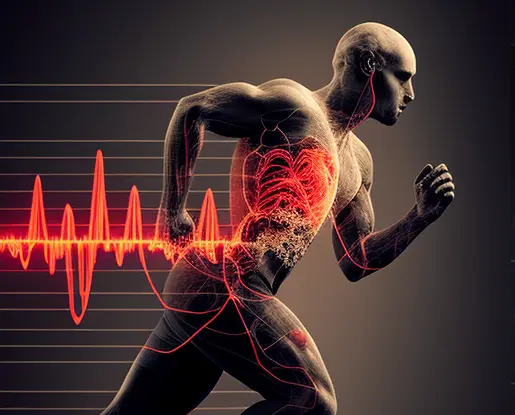
Tracking Heart Rate During Exercise
Fitbit devices can track heart rate during exercise and offer exercise-specific heart rate tracking features.
This can be helpful for users looking to optimize their workouts and achieve their fitness goals.
Tracking Heart Rate During Sleep
Fitbit devices can also track heart rate during sleep, offering insights into an individual’s sleep quality and recovery. Tracking heart rate during sleep can provide information on how well the body is recovering from physical activity and how it affects overall health.

Advantages of Fitbit Heart Rate Tracking
The heart rate tracking features of Fitbit devices offer several advantages for individuals looking to improve their health and fitness.
Improved Cardiovascular Health
Heart rate tracking can help individuals improve their cardiovascular health by tracking and analyzing heart rate data across different zones. By optimizing workouts and exercises within specific heart rate zones, individuals can improve their cardiovascular health and overall fitness level.
Enhanced Personalized Fitness Plans
Fitbit devices offer features like personalized heart rate zones and Cardio Fitness Scores, which can help individuals create more effective and personalized fitness plans. By utilizing heart rate data, individuals can optimize their workouts and exercises to achieve their fitness goals more efficiently.
Insights into Health Metrics
Wearable devices offer a wealth of health metrics that can be tracked and analyzed using the Fitbit app or Health Metrics Dashboard. These metrics include heart rate data, sleep tracking, exercise tracking, and calorie burn tracking, among others. By analyzing these metrics, individuals can gain insights into their overall health and make informed decisions about their fitness routine.
Limitations of Fitbit Heart Rate Tracking
While the heart rate tracking features of Fitbit devices offer several advantages, there are also some limitations that individuals should be aware of.

Limited Accuracy During Intense Carlorie Burning
Fitbit heart rate tracking may not be as accurate in calorie burning as movement and sweat can affect the accuracy of heart rate data.
Individuals who engage in high-intensity interval training or other types of intense exercise may want to consider using a heart rate monitor or another medical device for more accurate heart rate tracking.
Not a Substitute for Medical Advice
While heart rate tracking can provide valuable insights into an individual’s health and fitness, it should not be used as a substitute for medical advice.
Individuals with pre-existing medical conditions, such as atrial fibrillation, should consult with a medical professional before using a Fitbit device for heart rate tracking.
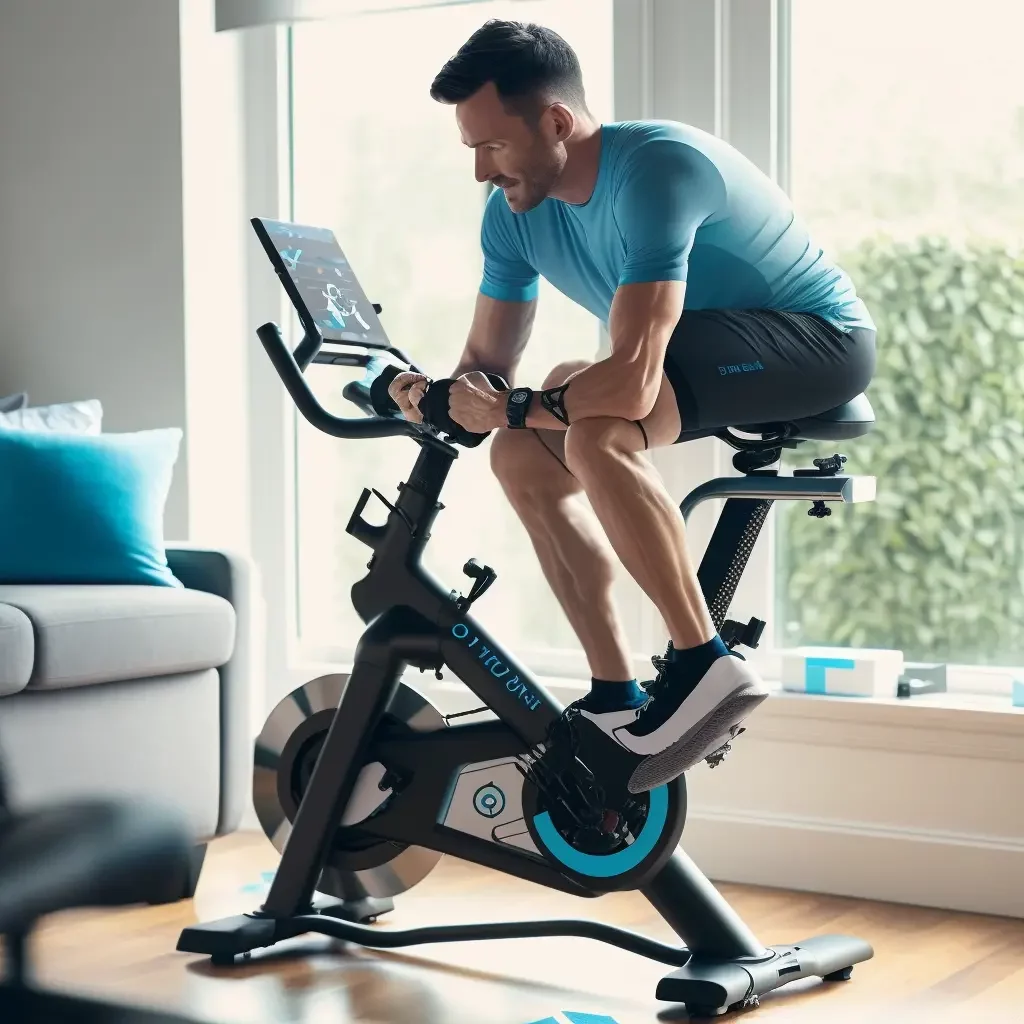
Wrapping Things Up

Fitbit devices offer a range of heart rate tracking features that can help individuals optimize their health and fitness routines. By utilizing advanced technology like PurePulse, Fitbit devices can provide accurate and reliable heart rate data in real time.
However, individuals should also be aware of the limitations of heart rate tracking and not rely on it as a substitute for medical advice.
Overall, heart rate tracking with Fitbit devices can be a valuable tool for improving cardiovascular health, achieving fitness goals, and gaining insights into overall health metrics.
FAQS
How accurate is Fitbit heart rate data?
Fitbit heart rate data is generally considered to be accurate, with most Fitbit devices offering continuous heart rate monitoring throughout the day using advanced technology like PurePulse. However, heart rate data can be affected by factors like the fit of the device, the position of the device on the wrist, and the skin tone of the user.
How to wear a Fitbit for better accuracy
To wear a Fitbit for better accuracy, it’s important to ensure that the device is snug but not too tight and positioned correctly on the wrist. Additionally, some Fitbit devices offer different settings for heart rate tracking that can be adjusted for more accurate results.
How Does Fitbit Detect My Heart Rate?
Fitbit devices detect heart rates using advanced technology like PurePulse, which utilizes light-sensitive photodiodes to measure changes in blood volume in the capillaries of the wrist. By detecting these changes, Fitbit devices can provide users with accurate and reliable heart rate data in real time.
How do I track heart rate with my Fitbit device?
Most Fitbit devices offer continuous heart rate monitoring throughout the day, providing users with accurate and reliable heart rate data in real-time. Additionally, some Fitbit devices offer features like personalized heart rate zones and Cardio Fitness Scores, which can help individuals create more effective and personalized fitness plans.
Fitbit, why is my resting heart rate rising?
Resting heart rate can be affected by a variety of factors, including stress, illness, dehydration, and overtraining. It’s important to monitor resting heart rate over time and consult with a medical professional if it continues to rise or falls outside of the normal range.
How to view your heart rate on a Fitbit
To view your heart rate on a Fitbit, you can check the device’s display, open the Fitbit app on your smartphone, or check your heart rate data on the Health Metrics Dashboard. Additionally, some Fitbit devices offer features like exercise-specific heart rate tracking and sleep tracking to provide more detailed heart rate data.

